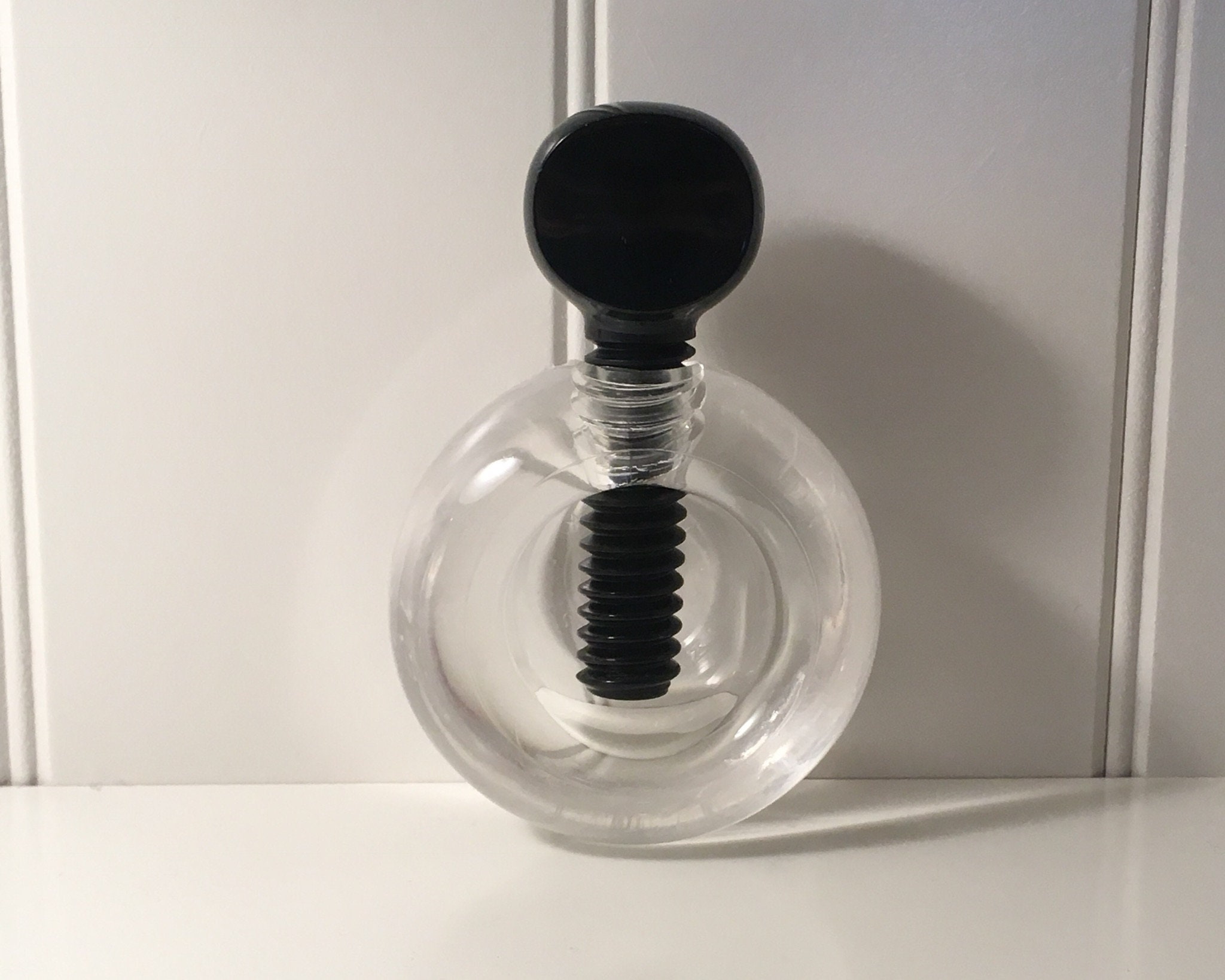

At failure conditions, the level of bearing pressure can be higher than 10 times the concrete compressive strength, if a pure tension force is transferred. the embedded part of the anchors in concrete transfers and the applied load (axial or shear) via bearing pressure at the contact zone. Threaded sleeves: consist of a tube with an internal thread which is anchored back into the concrete.įor all the type of the cast-in-place anchors, the load-transfer mechanisms is the mechanical interlock, i.e.Headed stud: consist of a steel plate with headed studs welded on (see also threaded rod).The channel can be a hot-rolled or a cold-formed steel shape in which a T-shape screw is placed in order to transfer the load to the base material. Anchor channels: used in precast concrete connections.Lifting inserts: used for lifting operations of plain or prestressed RC beams.Different types of cast-in-place anchors might be distinguished: Moreover, their position must also be coordinated with the reinforcement layout. Various typically disposable aids, mainly of plastic, are produced to secure and align cast-in-place anchors prior to concrete placement. Other uses include anchoring machines to poured concrete floors and buildings to their concrete foundations. The last are used in concrete-steel composite structures as shear connectors. The simplest – and strongest – form of anchor bolt is cast-in-place, with its embedded end consisting of a standard hexagonal head bolt and washer, 90-bend, or some sort of forged or welded flange (see also stud welding).


 0 kommentar(er)
0 kommentar(er)
